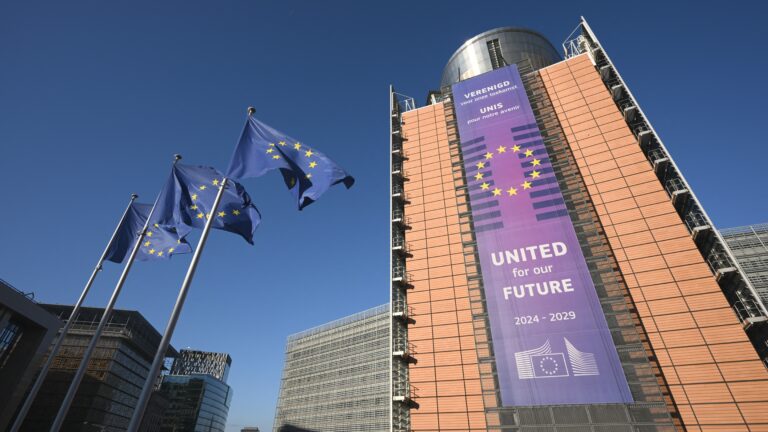The leaders of Visegrád Group countries gathered at the Liechtenstein Palace in Prague on 27 February. This was the leaders’ first meeting in more than a year, and the predictions as to what the results would be were rather pessimistic. Before the meeting, the host of the summit, Czech PM Petr Fiala expressed his reservations about Orbán and Fico, suggesting at the same time the dialogue between the parties must be maintained. This V4 Summit was expected to be the most challenging one ever, with political and personal disagreements between the parties potentially leading to a rift and the creation of a V2 (Hungary and Slovakia)+2 (Poland and Czechia) instead of a V4.
A Bumpy Road to the Summit
In the last four years, countries of Central-Eastern Europe have faced several crises. The COVID-19 pandemic severely harmed the V4 economies but had significantly less effect on the international politics of the Visegrád cooperation. However,
after 24 February 2022 the relations of the member countries became more fragile than ever.
The Russian invasion of Ukraine triggered a conflict that has been looming in the background within the V4 ever since 2014, the year of the annexation of the Crimean Peninsula. The Hungarian response to the crisis were somewhat different and softer compared to the other three countries, resulting in disputes among the parties. This friction was then put aside between 2015 and 2022, when it seemed that cooperation between the four countries became stronger than ever. Even though the governing parties in the four different countries had different EP affiliations, they still managed to find a common ground on which cooperation could be achieved.
In the turbulent international situation created by Russia’s aggression against Ukraine cooperation and previous good relations seemingly perished. This happened also because old and reliable partners were replaced by new ones: Czech PM Andrej Babiš left office and in came Petr Fiala in 2021; Robert Fico entered office in late 2023 in Slovakia, and so did Donald Tusk in Poland, who defeated Mateusz Morawiecki, an ally of Viktor Orbán. Among the V4 leaders the Hungarian PM is the only one who has been around for more than a decade, so he was the one who took upon himself to build relations with and among his counterparts. This was set to be challenging, especially with Donald Tusk, Orbán’s ex-friend and current adversary. The two have a poor personal relationship, which seemed to reduce the chance of reaching an understanding.
Prospects for the Near Future
The new political landscape, however, apparently also invigorated the V4, with all four prime ministers opining after the summit that the meetings were challenging, with a robust exchange of views. Donald Tusk, who had expressed his concerns about the raison d’être of the V4 before 27 February, stated after the summit concluded: ‘We used to have similar dreams, and they have fundamentally remained unchanged. Our peoples are closely linked, the friendship is still there, but our interests must be aligned.’ In a similar vein, Viktor Orbán remarked: ‘Today’s meeting has convinced me that the Visegrád Group is alive.’ Slovak PM Robert Fico opined that the 27 February meeting was one of the most important V4 summits, while Petr Fiala stated that one should not talk of a V2+2, because it would be an oversimplification. All the prime ministers stated that although they have different and contradictory stances on Ukraine, there are policies, including illegal migration, energy policy and the Common Agricultural Policy (CAP) regarding which the V4s share common interests.
To sum up, the summit has shown that the Visegrád Group is still functioning. The joint press conference held after the meeting suggests that
all four PMs recognize that the V4 countries’ geopolitical situation makes cooperation inevitable.
While it is evident that the parties do not share the same perspective on the Ukrainian question, this difference of opinions could be overcome by concentrating on common interests in other areas. Although embarking on this path requires compromises and the harmonization of interests, with no particular policy proposal in that regard adopted at this time, the summit had symbolic significance, sending the message that the V4 alliance is still relevant.







